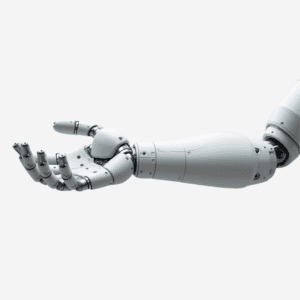Companies experience a constant cycle of growing, adapting and quite possibly failing. According to the Deloitte Center for the Edge, the total amount of time companies report having been listed on the S&P 500 (Standard & Poor’s) has decreased from 61 years to just 18 years.
Theoretical Physicist, Professor, and author, Geoffrey West writes in his book, “Scale” that companies function like living organisms. Companies are also subject to life cycles and must face the challenges of a volatile business environment.
West’s findings are supported by the fact that of the 28,853 companies that traded on the U.S. stock market in 1950, 78 percent no longer existed in 2009.
The life cycles of companies
Young companies: new ideas and enthusiasm
Young companies are bursting with ideas and enthusiasm in their early stages. They are willing to take risks and offer innovative solutions. This enthusiasm drives their growth and enables them to compete in the marketplace.
Mature companies: narrowing the product range and specialization
Companies tend to narrow down their product range and focus on proven areas as they progress through their life cycle. Mature companies develop specializations to focus on their core competencies and consolidate their market position.
Market forces and preference for proven products
The market often prefers established products to new, riskier alternatives. Companies with proven products have a competitive advantage and can rely on loyal customers. This advantage boosts their growth and stability.
One-dimensionality and loss of diversity
Companies become more one-dimensional and lose diversity over time. Specialization and a focus on proven products reduce their flexibility and adaptability. This can affect their resilience to change and shocks. Restructuring and reinventing an established business entail substantial costs. Introducing new processes, technologies or business models requires investment in resources, training, and infrastructure. These costs can become a barrier to the adaptability of companies.
The shock factor: takeover or bankruptcy
If a sufficiently large and unforeseen shock occurs, such as a financial crisis or a technological upheaval, companies can find themselves threatened with takeover or bankruptcy. Such shocks can threaten the very existence of companies and ultimately lead to their disappearance. It is therefore crucial that companies are prepared for these potential shocks and have a high level of organizational resilience.
Homeostasis and susceptibility to disruption
Over time, companies become more one-dimensional. This is where the concept of homeostasis comes in. Homeostasis describes the pursuit of stability and equilibrium. It is characteristic of both people and companies. However, both become more susceptible to disruption as they age.
In humans, the gradual accumulation of unrepaired damage leads to a loss of resilience. Similarly, for companies, neglecting innovation and adaptability reduces their resilience to disruption.
The role of organizational resilience in business
The key to success in a volatile business environment is organizational resilience. It is the ability of an organization to adapt, recover, and emerge stronger from crises. A resilient organization is able to absorb shocks and cope with change.
Download the Brilliance in Resilience guide. Learn how to reduce your company’s vulnerability to crisis and ensure its survivability in an ever-changing business world.





